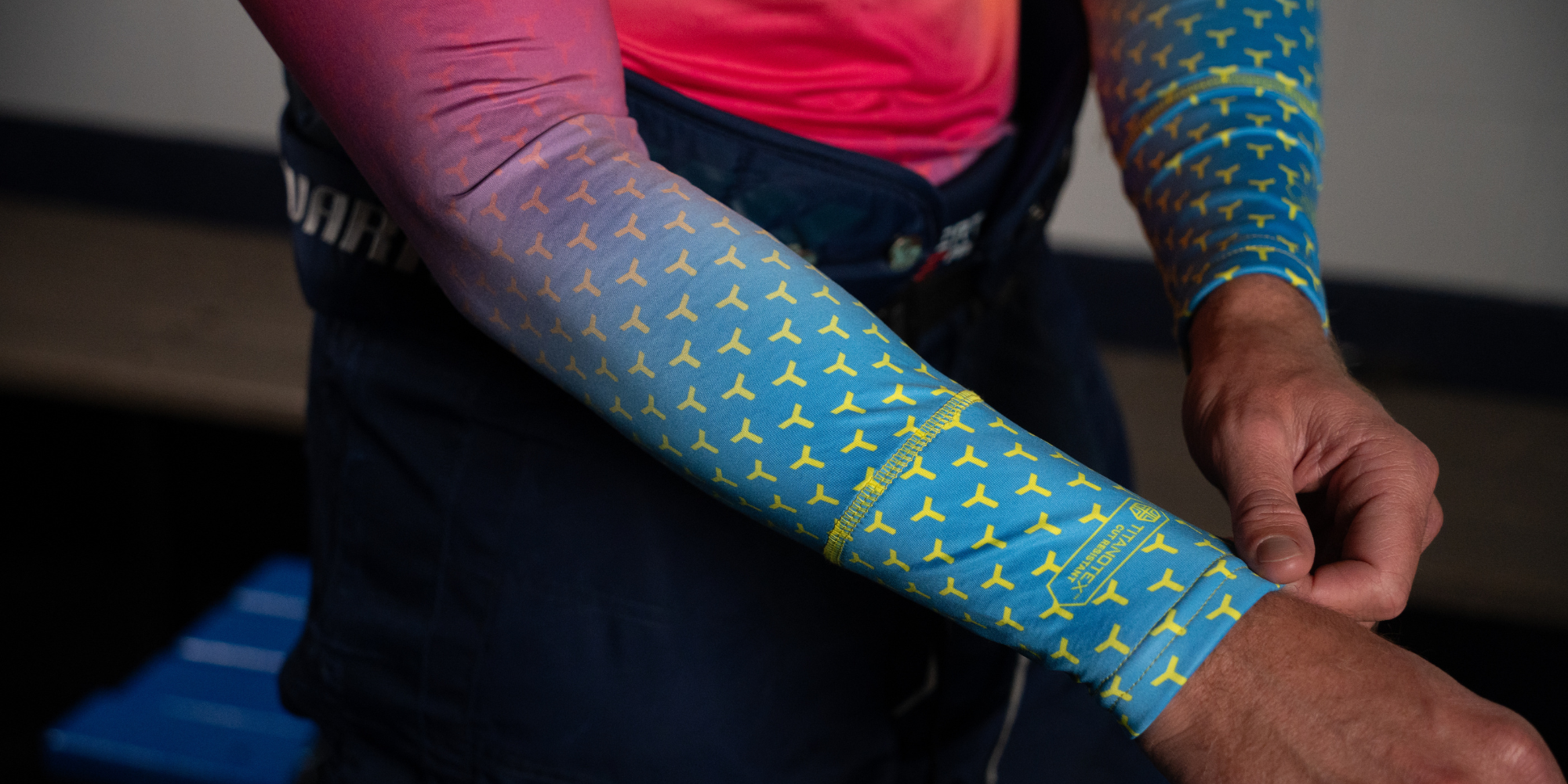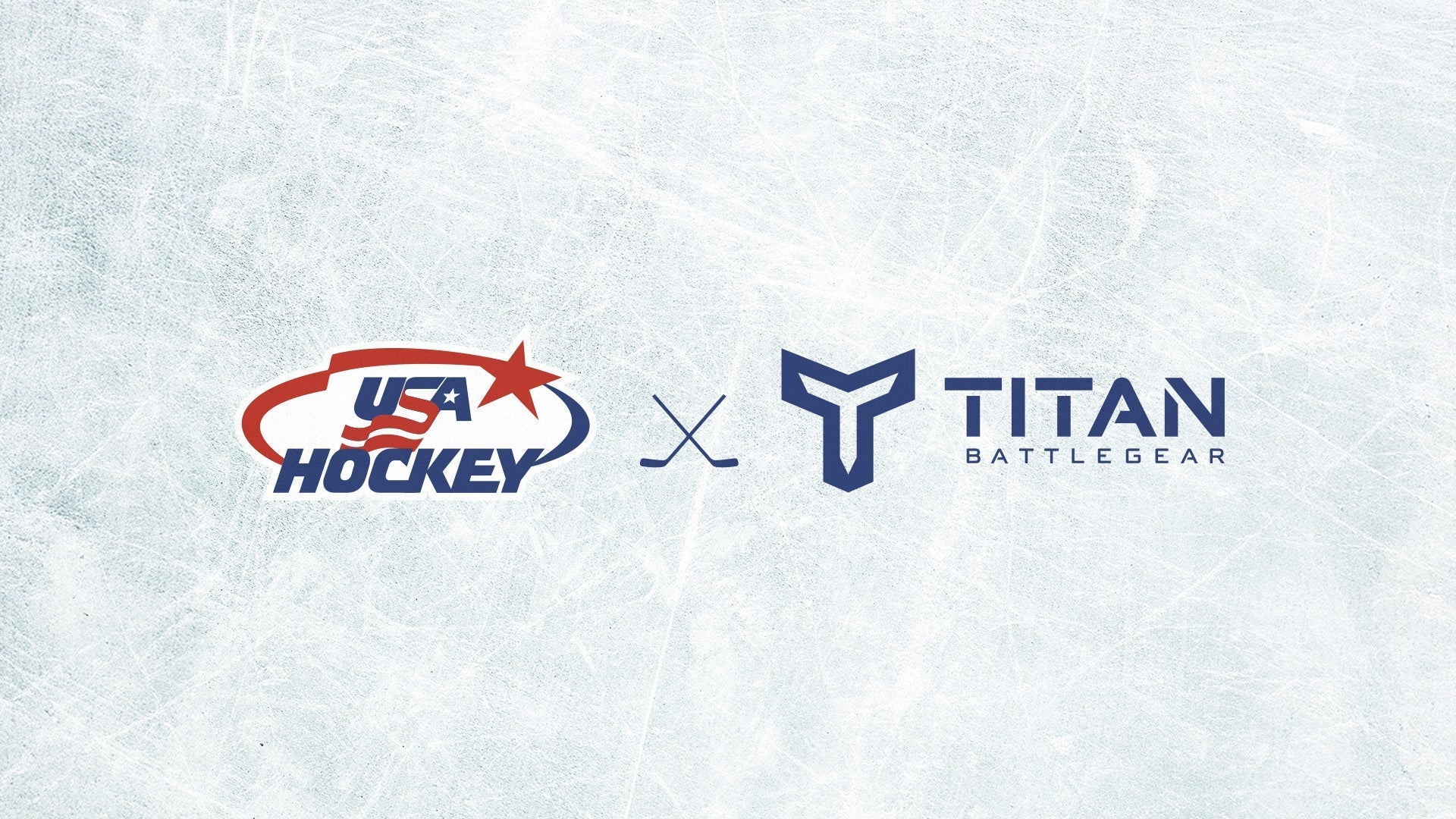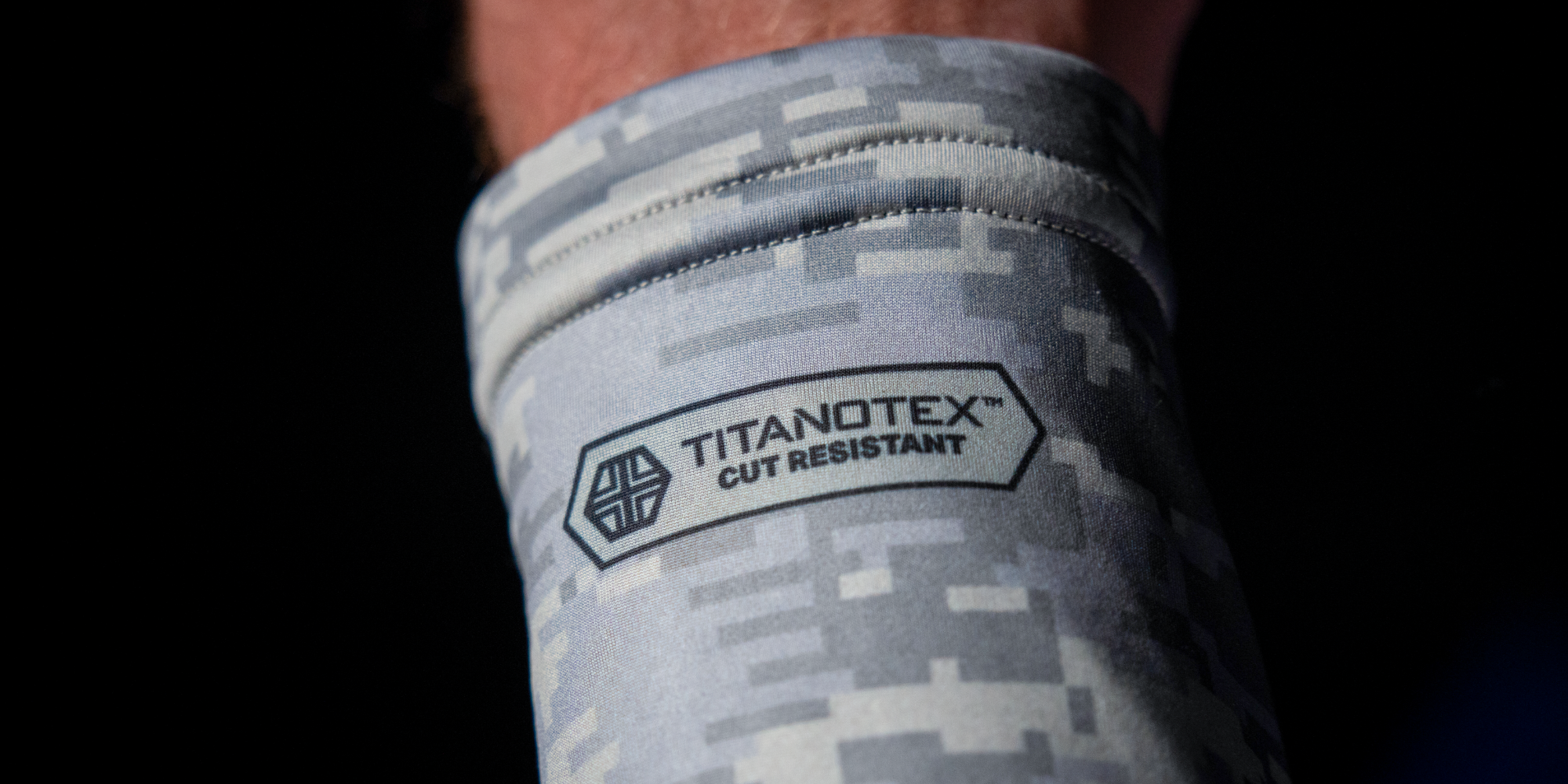When it comes to hockey safety, “cut-resistant” doesn’t always mean safe.
You’ve probably seen terms like ANSI A2, A6, or A9 on product labels. But, what do those numbers actually mean? And why do they matter for your player’s safety on the ice?
Let’s break it down:
What does “ANSI cut rating” mean?
The ANSI cut rating is a safety standard created by the American National Standards Institute (ANSI) to measure how resistant a fabric is to being cut by a sharp object, like a skate blade.
The rating scale runs from A1 (least resistant) to A9 (most resistant). Each level represents how many grams of cutting force a material can withstand before being sliced through.
Here’s how the scale breaks down:
|
Rating |
Protection level |
Real-world meaning |
|
A1–A3 |
Low cut resistance |
Similar to a cotton or polyester shirt. Offers minimal protection against blades. |
|
A4–A5 |
Moderate resistance |
Suitable for light industrial use (splinters, small tools); not for high-speed skate impacts. |
|
A6–A7 |
High resistance |
Provides good protection. Good for heavy industrial or tactical gear. |
|
A8–A9 |
Maximum resistance |
Built for extreme hazards, and in hockey, the only level that truly stops a skate blade. |
TLDR: if your hockey base layer isn’t A8 or A9, it’s not ready for game-level danger.
How ANSI cut ratings are tested
To earn an ANSI rating, fabrics go through a standardized lab test. A machine presses a rotating blade against the material with increasing pressure until it cuts through. The amount of force required determines the cut level.
The higher the number, the more grams of pressure it takes to slice through, and the stronger the protection. But that’s just the lab test. Real hockey tells a tougher story.
What happens in real-world conditions
In 2017, a Mayo Clinic study tested 46 neck guard samples from 14 brands using a sharpened hockey skate under real impact conditions. The results were eye-opening:
-
Most neck guards failed at high-force impact levels (around 600N, or 135 pounds of pressure).
-
Only two products offered consistent protection.
-
The materials that survived those tests aligned with ANSI A6 or higher protection.
That’s why experts now agree: A6 should be the minimum standard, and A8–A9 is where true hockey protection begins.
👉 Read our breakdown of the Mayo Clinic hockey neck guard study.
Why most hockey apparel brands fall short
Here’s the uncomfortable truth: most so-called “cut-resistant” hockey shirts were never built for cut protection. They were built to sell apparel and equipment.
Legacy brands started with jerseys and baselayers, not safety gear. When neck protection became a concern, they simply added foam, mesh collars, or “cut-resistant” panels to existing designs instead of re-engineering the product from scratch.
That’s why most shirts on the market only meet A2–A3 levels of protection. They might slow down a skate blade, but they won’t stop it. These designs also leave dangerous gaps at the neck and wrists, exactly where real injuries happen.
They weren’t purpose-built for the threat. They were adapted for it.
At Titan BattleGear, we started from the other direction. Our Titanotex™ A9-rated fabric was designed for the force of a skate blade first, and comfort second. Every inch is lab-tested, ANSI-certified, and hockey-proven to perform under real-game impact.
How to choose the right protection for your player
Here’s what to look for when you’re buying “cut-resistant” gear:
-
Check the ANSI rating. If the product doesn’t list an ANSI level, that’s a red flag.
-
Look for full-coverage protection. True safety means protection across the neck and wrist, not just one patch of fabric.
-
Prioritize flexibility and comfort. The best materials (like Titanotex™) move naturally with the player without adding bulk. They should improve performance, not distract.
-
Choose verified gear. Lab-tested, ANSI-certified products are the only ones you can truly trust.
The bottom line
The difference between A3 and A9 isn’t just a few numbers – it’s the difference between a scare and a serious injury.
The Mayo Clinic proved it. ANSI standards define it. Titan BattleGear builds for it.
👉 Learn more about our technology and safety standards
👉 Shop our collection of A9 cut-resistance hockey neck guard shirts









